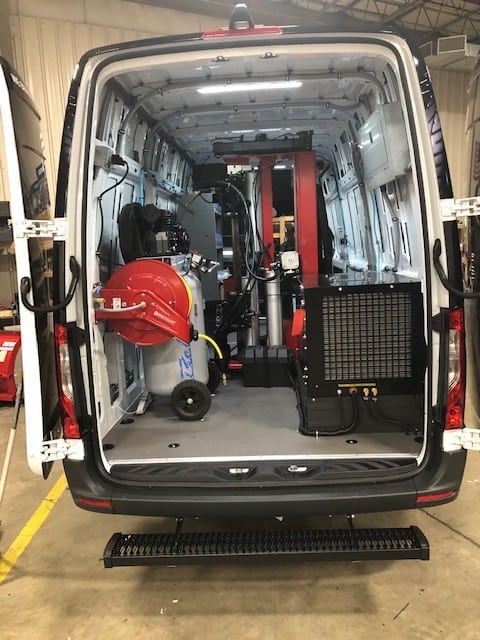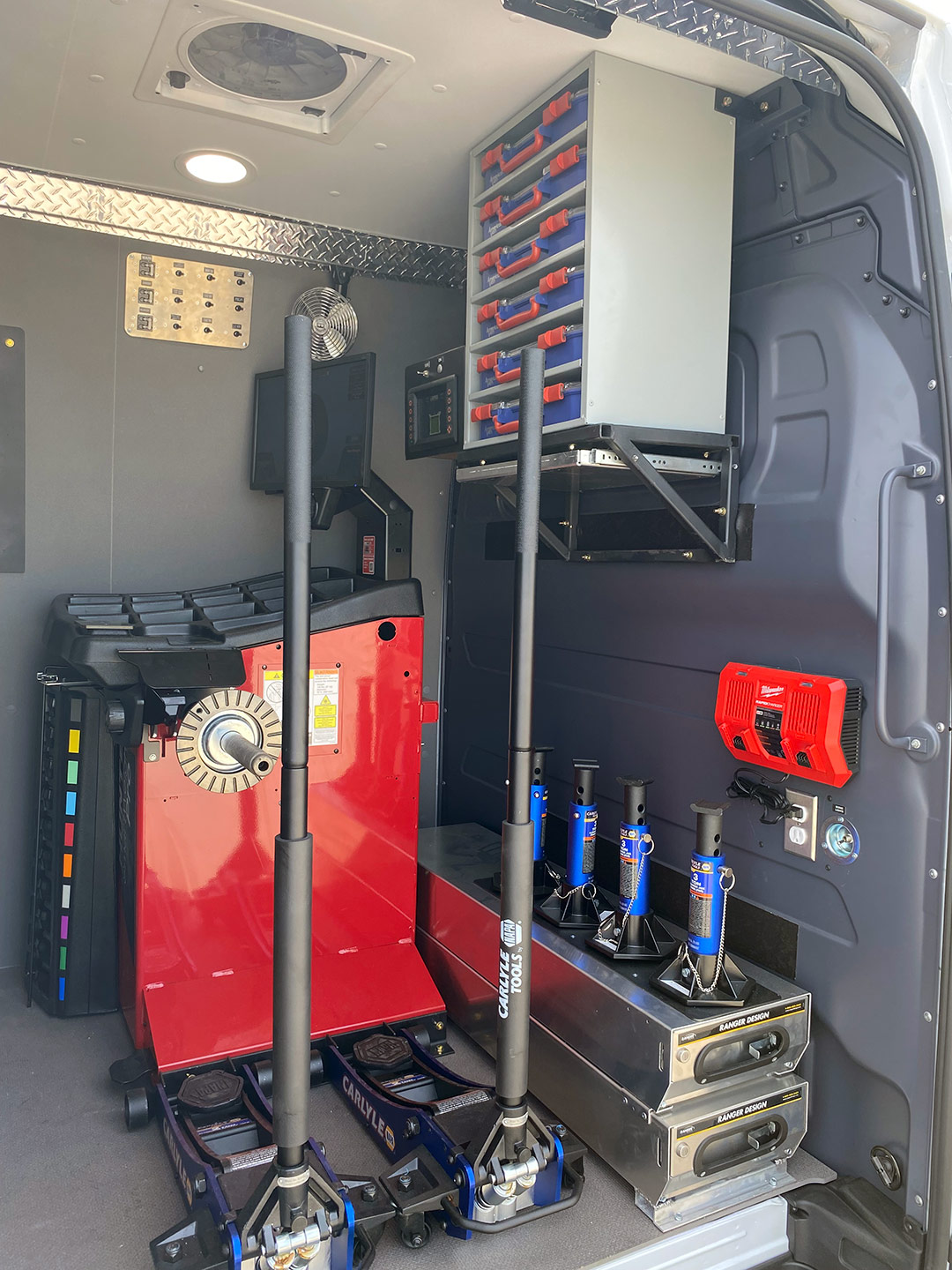Tire Solution: Proven Methods for Optimum Tire Maintenance and Treatment
Preserving optimal tire problem is critical for both security and performance of any kind of vehicle. From making sure appropriate tire pressure to normal rotation and placement, there are proven techniques that can significantly extend the life expectancy of your tires and enhance total driving experience. As we check out the details of tire treatment and maintenance, we will certainly discover essential standards that every car owner ought to stick to for the very best feasible outcomes. Let's look into the globe of tire solution and find the secrets to keeping your tires in superior shape for the long run.
Significance of Tire Pressure
Proper tire pressure is a vital factor in making sure ideal automobile efficiency and security when driving. Maintaining the advised tire stress levels offered by the maker uses many benefits. Appropriate tire stress advertises far better gas efficiency, as under-inflated tires can lead to raised rolling resistance, triggering the engine to work more difficult and take in even more fuel. Right tire stress ensures also step wear, enhancing tire longevity and conserving cash in the long run by postponing the need for early substitutes. Furthermore, appropriately inflated tires contribute to improved handling and stopping capabilities, important for safe driving in different roadway conditions. Over-inflated tires, on the various other hand, can result in minimized traction and a harsher ride. Conversely, under-inflated tires are susceptible to getting too hot, which can lead to blowouts and accidents. Regularly inspecting and changing tire stress, particularly eventually trips, is a simple yet effective way to improve automobile performance, extend tire life expectancy, and focus on safety when driving.
Tire Turning Guidelines
When considering tire rotation guidelines, it is important to understand the value of this maintenance task in making best use of tire lifespan and maintaining ideal car efficiency. Tire turning entails changing the placement of each tire on a lorry to ensure also walk wear. Front tires often tend to put on quicker than back tires because of guiding forces, making regular turning critical for balanced wear patterns. The suggested turning pattern varies depending on whether an automobile is front-wheel, rear-wheel, all-wheel, or four-wheel drive. Usually, tires must be revolved every 5,000 to 7,500 miles, or as advised in the vehicle guidebook. Ignoring tire rotation can cause unequal wear, influencing handling, traction, and possibly compromising vehicle safety. By sticking to appropriate rotation guidelines, motorists can expand the life of their tires, boost gas efficiency, and enhance total driving experience. Normal turning is a straightforward yet efficient upkeep technique that contributes substantially to tire durability and automobile performance.

Advantages of Wheel Positioning
Making certain correct wheel alignment after tire turning is important for keeping balanced wear patterns and taking full advantage of lorry performance. Furthermore, correct wheel placement helps to expand the lifespan of your tires. Misaligned wheels can trigger uneven tire wear, leading to early tire substitute and boosted upkeep expenses.

Tire Footstep Depth Inspect
Executing a routine inspection of tire step depth is essential for keeping risk-free driving problems and extending the lifespan of your tires. Irregular walk wear can show problems with tire positioning, stress, or suspension, highlighting the value of regular walk deepness checks. By integrating tire step depth checks right into your routine upkeep routine, you can drive with confidence understanding that your tires are in top problem.
Seasonal Tire Evaluation
Seasonal tire inspection is a fundamental aspect of tire maintenance that makes certain tires are all set to face the difficulties posed by various weather conditions. In prep work for wintertime, it is necessary to check the tire stress frequently as cold temperatures can trigger tire stress to drop. By performing routine seasonal tire assessments, motorists can lengthen tire lifespan, boost gas performance, and most significantly, ensure a safe and secure driving experience in differing weather problems.
Conclusion
To conclude, preserving proper tire stress, rotating tires regularly, straightening wheels properly, monitoring step depth, and performing seasonal assessments are important techniques for optimal tire treatment. By my blog following these verified methods, motorists can ensure their tires last much longer, execute much better, and add to total car security. It is important to focus on tire maintenance to avoid crashes, improve gas efficiency, and extend the lifespan of tires.
Sufficient tire stress promotes much better fuel effectiveness, as under-inflated tires can lead to increased rolling resistance, triggering the engine to function more difficult and eat even more fuel.When thinking about tire turning guidelines, it is crucial to comprehend the relevance of this maintenance task in taking full advantage of tire life expectancy and preserving ideal lorry efficiency. Seasonal tire inspection is a fundamental aspect of tire maintenance that guarantees tires are prepared to deal with the obstacles postured by various climate problems. By performing regular seasonal tire examinations, drivers can lengthen tire lifespan, boost gas performance, and most notably, make certain a secure driving experience in varying climate problems.
In conclusion, preserving appropriate tire pressure, turning tires regularly, aligning wheels correctly, monitoring tread depth, and carrying out More hints seasonal evaluations are necessary techniques for optimum tire treatment.